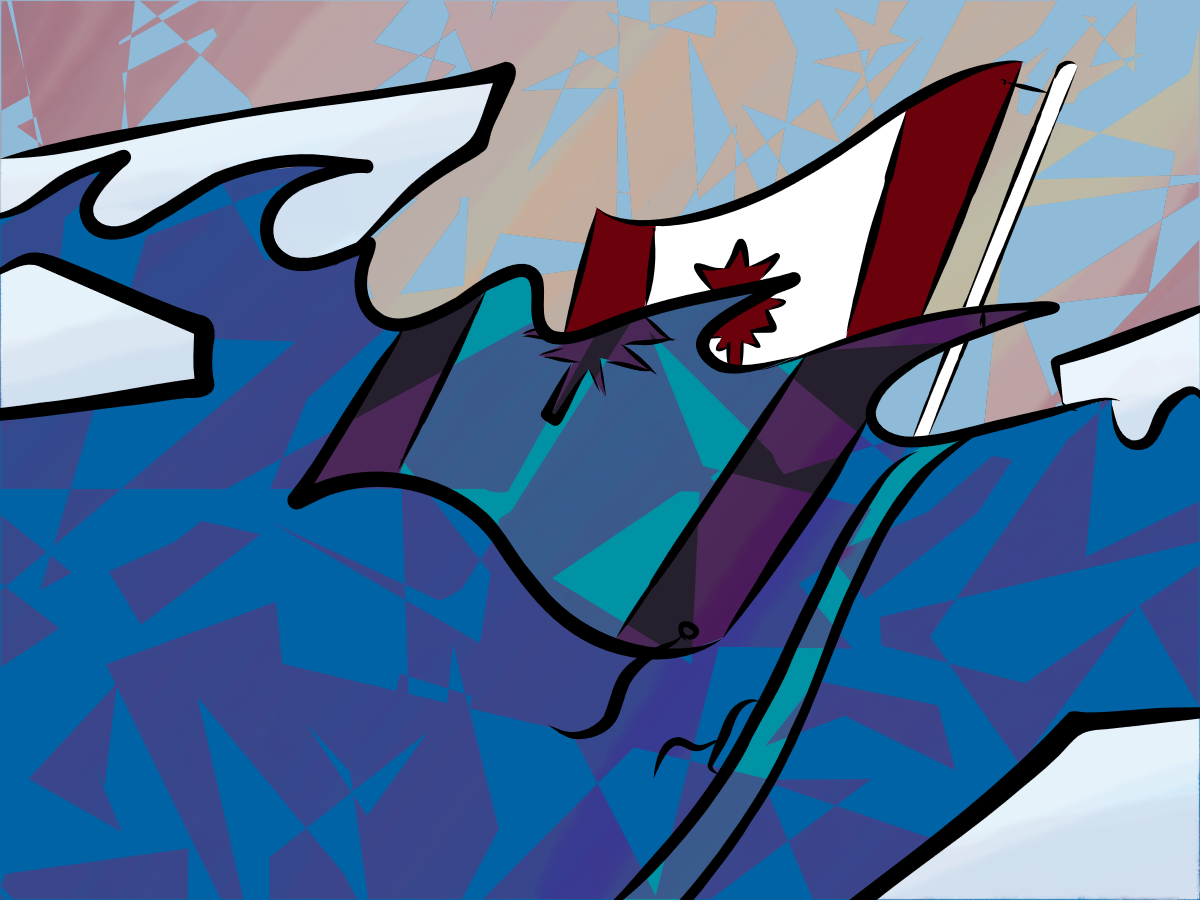How they can be fortified and how Canada can mitigate climate disaster impacts
Climate disasters have clear impacts on the environment, but they also disrupt supply chains across Canada.
The flooding in B.C. in late 2021 was the “most costly severe weather event in the province’s history,” according to the Insurance Bureau of Canada. As the flooding occurred prior to Christmas and much of Asian-made consumer goods entered Canada through the Port of Vancouver, Quebec’s supply chain for Christmas shopping was disrupted due to delays in delivery.
Dr. Satyaveer Chauhan, a Concordia professor who specializes in supply chain and business technology management, said that although the disruption is over, there is still a ripple effect on Quebec’s supply chains as they had to be readjusted.
During the floods, shipments had to be rerouted through the United States, as many roadways were shut down due to flooding and landslides.
Dr. Brian Slack, a Concordia professor in the Geography, Planning, and Environment department, mentioned how regional factors determine the local severity of the climate crisis.
“The port of Montreal is likely to be significantly less impacted than Vancouver by climate change and other factors,” said Dr. Slack. “We have no serious mountains between the port and the customers, [which] is the factor that amplifies environmental impacts for Vancouver.”
The lack of transportation options through B.C.’s mountainous regions can cause a logistical problem as the roads are susceptible to flooding and landslides.
Although the mountains are a factor in environmental disaster response, the environmental impacts ultimately stem from the climate crisis.
The frequency and severity of climate disasters have increased globally over the past 50 years, and in Canada, the average cost per disaster jumped by 1,250 per cent since 1970. Supply chain disruptions stemming from complications in sourcing, production, transport, and destination markets are a part of that cost increase.
It’s clear that Canada must be more prepared to mitigate the impacts of future climate disasters, and the Council of Canadian Academies (CCA) agrees.
A new expert panel report from the CCA released early 2021, goes into detail about the consequences of climate disasters in Canada. Although the country is especially susceptible to climate disasters, the consequences of the disasters “are not inevitable — they are the result of choices that put people in harm’s way,” said Scott Vaughan, chair of the Expert Panel on Disaster Resilience in a Changing Climate.
While the report discusses different strategies to combat the climate crisis, it also mentions that the private sector can “improve their competitiveness by assessing and managing the disaster risks they face in a changing climate by building in supply chain redundancies.”
Dr. Chauhan noted a similar approach to improving Canadian supply chains.
He cited an example of how Home Depot has bulk distribution centres and holding facilities on the East coast of the United States in preparation for hurricane season, so that their supply chain is not disrupted by any hurricanes.
While fortifying Canada’s supply chains is important, the most critical factors to consider here are the mounting risks associated with climate disasters, which ultimately lead to potential disruptions.
Eric M. Meslin, president and CEO of the CCA, said that “Building disaster resilience hinges on a coordinated strategic approach involving government, businesses, and the public.”
The report outlined several strategies, including investment in disaster risk reduction, supplying decision makers with prompt access to data on climate disasters to better inform decisions, and climate-proofing buildings and infrastructure through improving building codes and engineering practices.
One of the most important proposed strategies included in the report is changing Canada’s “[continued] underreliance on Indigenous and Local Knowledge and the underutilization of disaster-related expertise developed by Indigenous organizations and in Indigenous communities.”
This devaluation of important information undermines Canada’s disaster resilience efforts, and increases the effects of supply chain disruptions in Quebec and across Canada.
Graphic by James Fay
